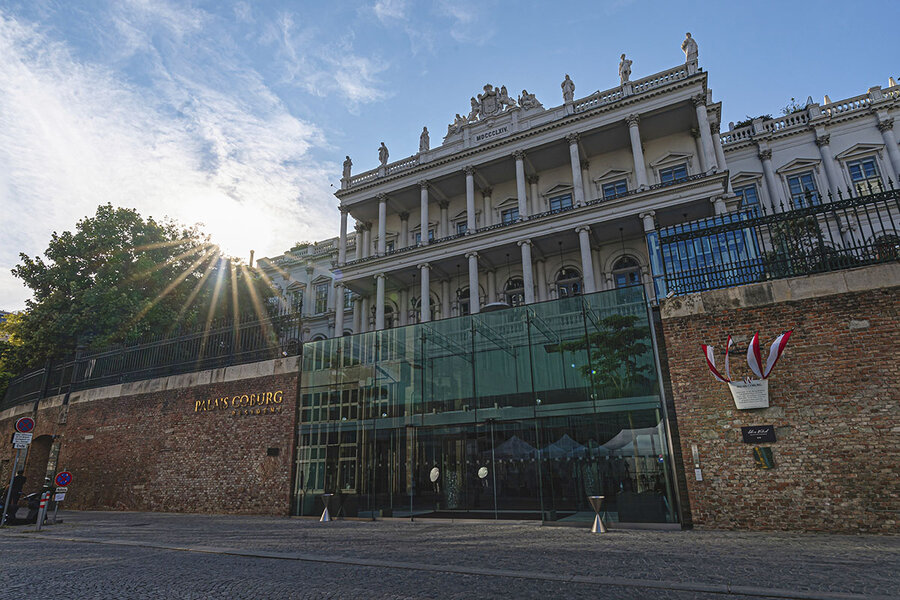
Announcing the first Iran nuclear deal in 2015, President Obama said it was built on verification, not trust. As governments examine the latest document agreed to by negotiators, the main obstacle to a renewed deal remains distrust.
American and Iranian nuclear negotiators are returning to their capitals with the final text of a document to restore the embattled 2015 Iran nuclear deal, after more than 15 months of European Union-brokered diplomacy in Vienna concluded with a final four-day round of talks.
The sudden resumption late last week of negotiations, which had appeared hopelessly deadlocked after a five-month delay, rekindled a glimmer of hope of a return to the landmark deal.
Under the original deal, negotiated by the Obama administration, Iran agreed to strict limits on its nuclear program and forswore pursuing an atomic bomb in exchange for the lifting of sanctions.
Yet if the Joint Comprehensive Plan of Action, or JCPOA, as the nuclear deal is formally called, is restored, it will have overcome soaring, perhaps unsurpassed, levels of mutual distrust.
The negative feedback cycle was triggered by then-President Donald Trump’s 2018 unilateral withdrawal of the United States, and his “maximum pressure” campaign of renewed and expanded sanctions, followed by Iran’s expansion of its nuclear program well beyond the limits of the deal.











